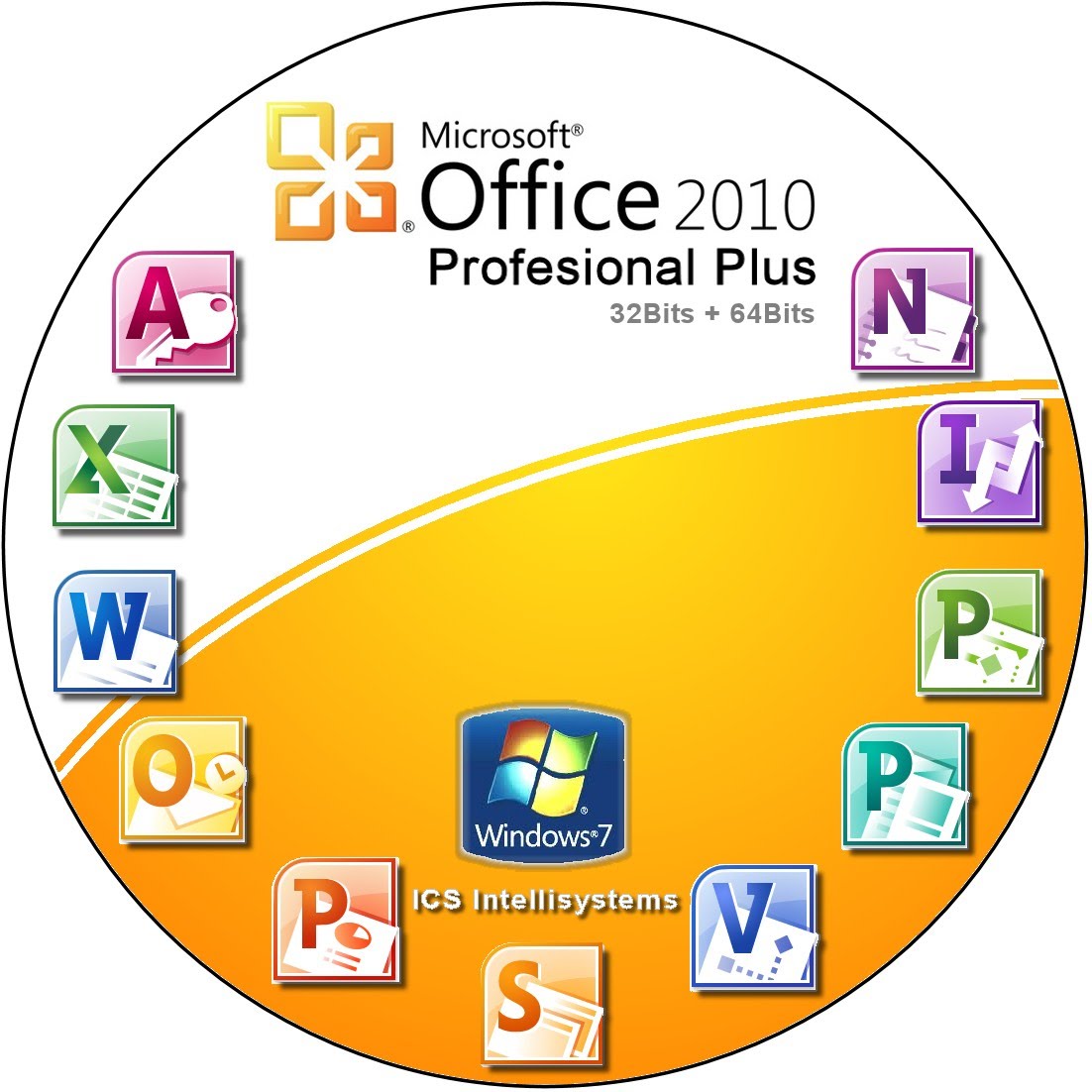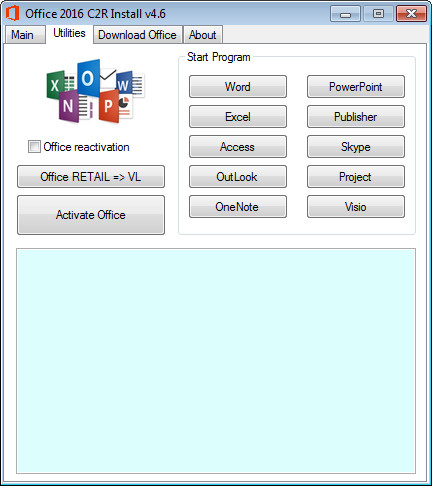

Verify that any computers that are targets for the deployment can access the share and also give Read rights to the Authenticated Users group. Copy the Office installation files to a network share.To get started using this procedure, follow these steps: You have to use a script to manage this process. Group Policy doesn't know how to handle that, at least from an installation perspective. The overarching setup executable is just that - an EXE, not an MSI.

You can't use the traditional software installation capabilities of Group Policy because Office 2013 Pro Plus uses multiple MSI files for all of the code versus one single MSI file for the whole suite. What's different about Office 2013 compared with previous versions of Office? For one, there are a couple of different Office 2013 editions - the Click-to-Run edition, which streams the program files down to local computers, and a traditional Microsoft Installer (MSI)-based version that is available only to volume-license customers. You also get the benefit of using the tools included with the Windows client and Windows Server licenses you already paid for, with no additional deployment software costs. The computer startup script runs in the context of the Local System account, which does have unfettered access to protected areas, so the installation can proceed apace. SCCM 2012 is appropriate for both PCs and VDI System Center Configuration Manager has updated enterprise asset management featuresĪlternatives to Microsoft Office offer flexibility to mobile users

Microsoft helps one Office 2013 customer with its migration Microsoft's free Office 2013 Resource Kit is useful for deploymentįAQ: Why do Group Policy settings matter?


 0 kommentar(er)
0 kommentar(er)
